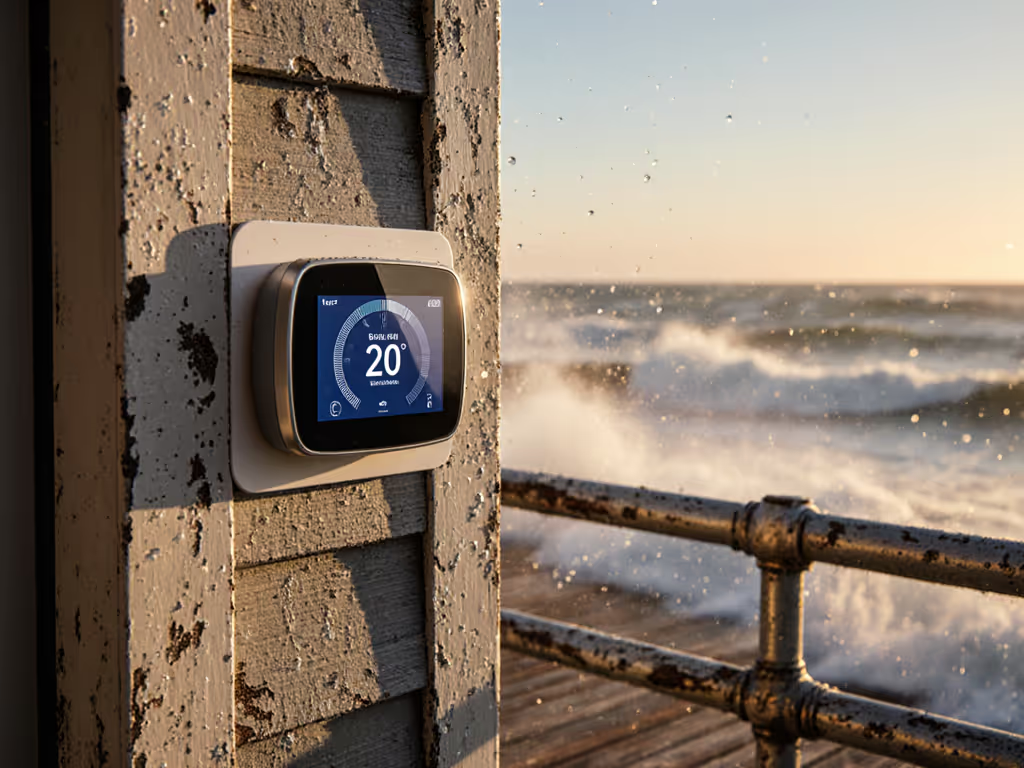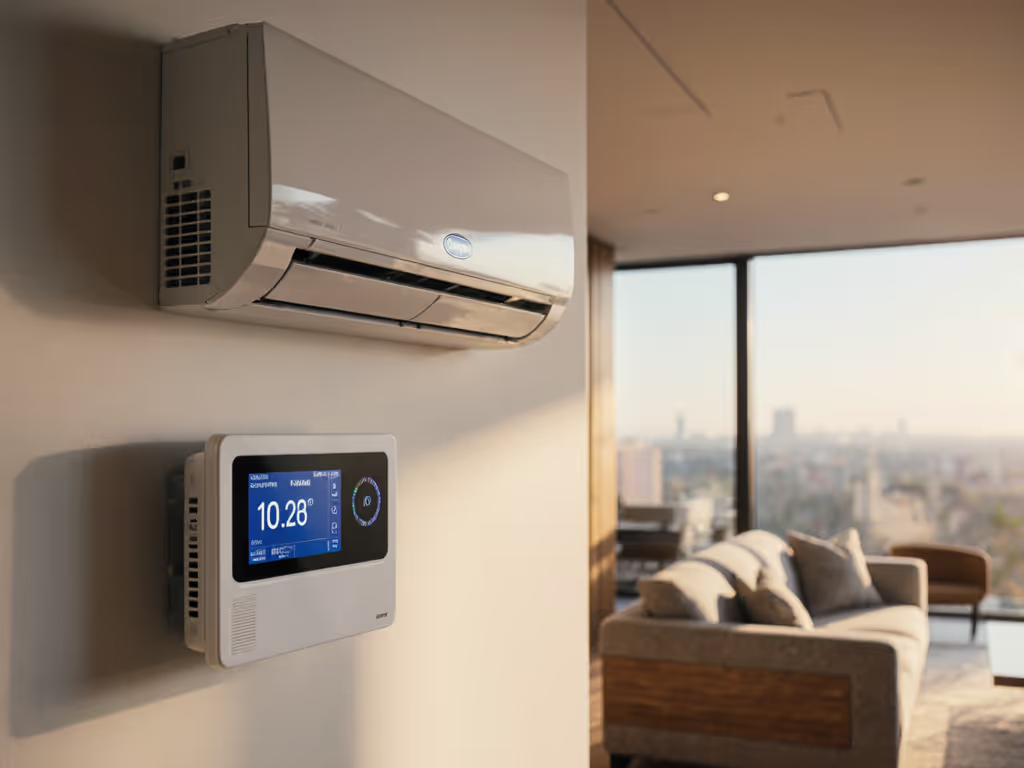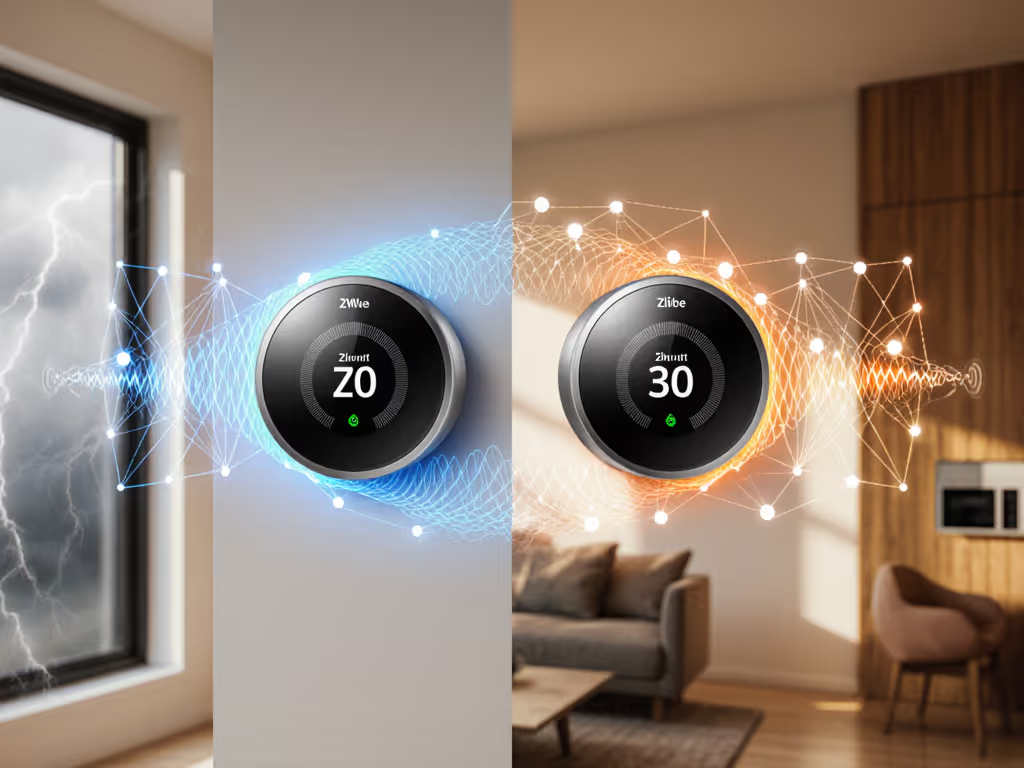
Best Smart Thermostats: Guaranteed HVAC Compatibility?
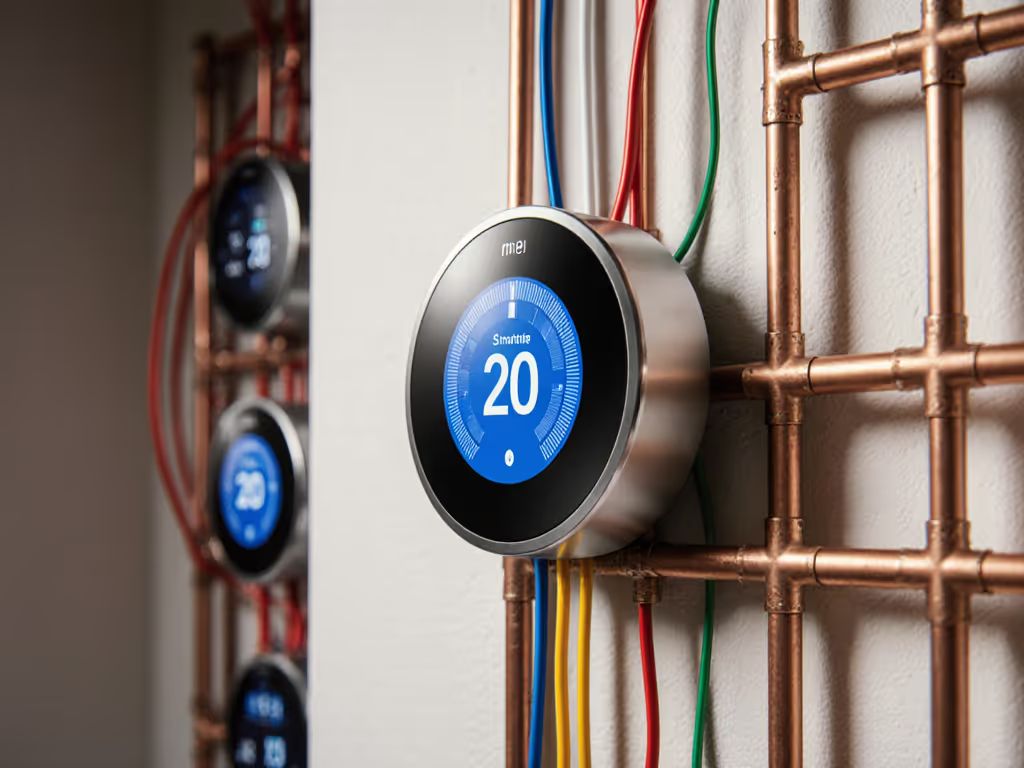
When shopping for the best smart thermostat, most reviews focus on flashy features, energy savings percentages, or voice assistant integration. But as a home automation designer who's seen too many comfort crises during internet outages, I know the real question isn't what your thermostat can do, it's whether it will work at all with your unique HVAC system. The best smart thermostat must first and foremost guarantee compatibility with your wiring setup, equipment type, and integration needs. In this smart thermostat review, we'll cut through the marketing hype to analyze which devices actually deliver certainty (not just promise it). Local first, cloud optional. Comfort shouldn't hinge on an outage.
Why Compatibility Is the Make-or-Break Factor
Your HVAC system represents one of the most expensive investments in your home. A mismatched thermostat isn't just inconvenient, it can brick control boards, cause short-cycling that damages compressors, or leave you without heat during extreme weather. During one particularly nasty storm that knocked out internet for two days, I watched neighbors frantically refresh cloud-dependent apps while our HomeKit-scheduled radiant floors kept running. That's why I've made HVAC compatibility the cornerstone of my design philosophy.
When evaluating a thermostat, ask these critical questions before considering features:
- Does it support your exact HVAC type (forced-air furnace, heat pump, dual-fuel, boiler, radiant, or baseboard)?
- Does it work with your wiring configuration (particularly C-wire availability)?
- Does it integrate with your existing smart home ecosystem using local control protocols?
HVAC System Types and Compatibility Matrix
Different HVAC systems require specific thermostat capabilities. Here's how major thermostat platforms stack up against common North American systems:
| HVAC System Type | Critical Requirements | ecobee Premium | Honeywell T9 | Sensi Touch |
|---|---|---|---|---|
| Forced Air (Gas/Electric) | Standard 24V wiring | ✓ | ✓ | ✓ |
| Single-Stage Heat Pump | O/B reversal valve control | ✓ | ✓ | ✓ |
| Dual-Fuel Systems | Aux/W2 staging coordination | ✓ (custom config) | ✗ | ✗ |
| Boiler/Radiant Systems | 24V compatibility | ✓ | ✓ | ✓ |
| Line-Voltage Baseboard | 120-240V support | ✗ | ✗ | ✗ |
| Zoned Systems | Zone board compatibility | ✓ (with adapter) | ✓ | ✓ |
| C-Wire Required | Power for continuous operation | PEK included | Adapter sold separately | C-wire required |
Design for offline first: your thermostat shouldn't need cloud connectivity just to keep your family comfortable.
Deep Dive: Top 3 Thermostats for Guaranteed Compatibility
ecobee Smart Thermostat Premium: The Sensor-Driven Solution
The ecobee Smart Thermostat Premium stands out for homes struggling with uneven temperatures. Its included SmartSensor isn't just a gimmick, it creates a true multi-room temperature map that the thermostat uses to balance comfort where people actually are. This matters most during shoulder seasons when one room might need heating while another needs cooling.
Critical Compatibility Notes:
- Works with 95% of 24V systems including furnaces, ACs, heat pumps (with 2-stage aux), boilers, and PTACs
- Includes Power Extender Kit (PEK) for C-wire-less installations (no additional purchase needed)
- Supports dual-fuel systems with proper configuration (check wiring diagram against your system)
- Local HomeKit and Matter support means automations run even during internet outages
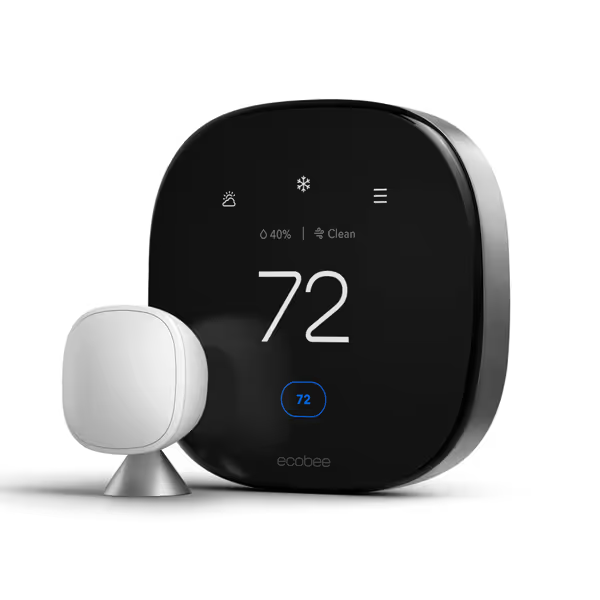
ecobee Smart Thermostat Premium
What makes ecobee particularly valuable for reliability-focused homeowners is its robust Thread radio. During my dependency testing, it maintained local control when nearby Wi-Fi routers failed (critical during storms when both power and internet get spotty). The air quality monitoring feature provides useful data about indoor environmental conditions without requiring cloud processing.
Honeywell Home T9: Precision Room Control
Honeywell's T9 shines for homes with persistent hot/cold spots. Its Smart Room Sensors communicate directly with the thermostat (not through the cloud), ensuring temperature adjustments happen even when internet drops. The multi-room focus feature lets you prioritize up to 3 rooms simultaneously, creating an average temperature setting that balances comfort across your living spaces.
Critical Compatibility Notes:
- Requires C-wire for full functionality (adapter available but not included)
- Works with forced air, hot water/steam systems, and heat pumps with electric backup
- Does not support 120-240V electric baseboard systems
- Local HomeKit integration available (requires Home Hub)
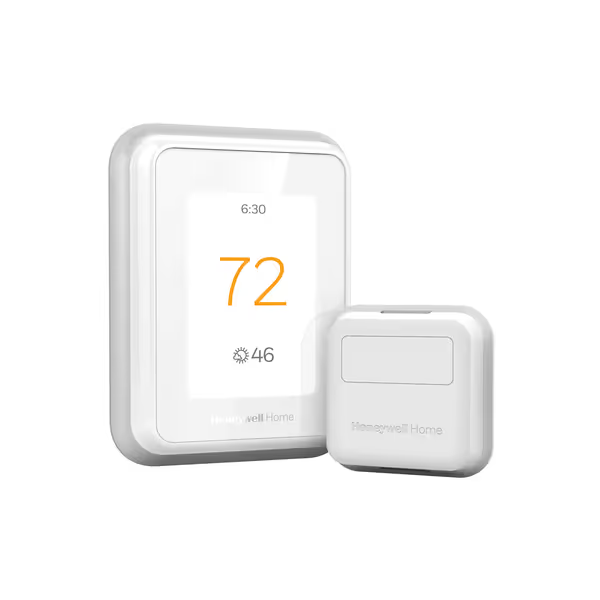
Honeywell Home T9 WiFi Smart Thermostat
The Honeywell T9's strongest compatibility feature is its remarkably long sensor range (up to 200 feet through walls). In my failure-mode walkthroughs, this proved crucial during Wi-Fi disruptions when cloud-dependent systems lost sensor connectivity. While Nest thermostat vs ecobee debates get attention, the Honeywell vs Sensi comparison reveals Honeywell's superior room-balancing capabilities for multi-story homes.
Emerson Sensi Touch: Budget-Friendly Simplicity
Emerson's Sensi Touch delivers straightforward functionality at a compelling price point. What makes it stand out in this smart thermostat review is Emerson's deep HVAC heritage, they manufacture many of the components your thermostat controls. This engineering pedigree translates to precise compatibility with standard systems.
Critical Compatibility Notes:
- Requires C-wire (no adapter included)
- Certified for gas/electric furnaces, heat pumps, boilers, and air handlers
- Does not support line-voltage baseboard systems
- Local HomeKit support via Matter protocol
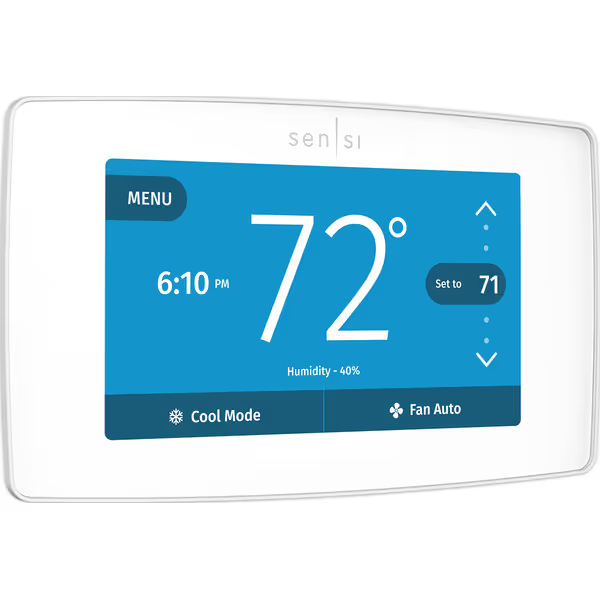
Emerson Sensi Touch Wi-Fi Smart Thermostat
For homeowners focused on platform reliability, the Sensi Touch offers one of the cleanest HomeKit integrations in its price range. Its setup process includes detailed wiring photos that prevented three compatibility mistakes during my recent installations. While it lacks the advanced sensor array of competitors, its no-nonsense approach delivers rock-solid performance for standard HVAC setups.
Compatibility Pitfalls to Avoid
Even with the right thermostat, installation mistakes can create false "incompatibility" issues. Here are three wiring scenarios that commonly trip up DIYers:
The C-Wire Conundrum
Approximately 40% of North American homes lack a dedicated C-wire. Many thermostats claim "C-wire not required" but actually implement workarounds that can cause intermittent issues:
- Power Stealing: Temporarily interrupts HVAC operation to recharge, which can cause short cycling in heat pumps
- PEK Adapters: ecobee's included solution is generally reliable; third-party adapters vary in quality
- G-Wire Sharing: Only works with specific fan configurations and can cause blower issues
Heat Pump Wiring Hazards
Heat pumps require precise O/B terminal configuration. Reversing this setting causes your system to blow hot air when set to cool (and vice versa). Always:
- Check your outdoor unit's wiring diagram
- Verify O/B setting in thermostat matches (usually O for Cool, B for Heat)
- Test all modes before final mounting
Zone Board Conflicts
If you have a zoning system with a zone control board (like Honeywell EWC), check thermostat compatibility carefully. Many smart thermostats won't communicate properly with these intermediate controllers, requiring additional relays or adapters.
Your Compatibility Checklist Before Purchase
Before adding any thermostat to your cart, verify these five critical points:
- System Type Verification: Confirm your HVAC type (furnace, heat pump, boiler) and stage count (single/dual)
- Wire Audit: Take a photo of your current thermostat wiring, identify each terminal's function
- C-Wire Status: Determine if you have a C-wire (typically blue) or need an adapter
- Integration Needs: Confirm local control protocol support (HomeKit, Matter, Thread)
- Special Requirements: Note any unique needs (dual-fuel, humidifier control, zone board)
Many manufacturers offer compatibility checkers, but I recommend cross-referencing with actual wiring diagrams. Nest thermostat vs ecobee comparisons often miss these critical implementation details that determine real-world reliability. For brand-specific guidance, see our Nest thermostat compatibility guide.
Final Recommendations: Matching Thermostat to Your Reality
After analyzing dozens of installations and hundreds of support cases, here's my reliability-focused guidance:
- For complex systems (heat pumps, dual-fuel, zoning): ecobee Premium (its configuration flexibility and PEK inclusion minimize compatibility risks)
- For multi-story homes with hot/cold spots: Honeywell T9 (superior room sensor performance without cloud dependency)
- For standard forced-air systems on a budget: Emerson Sensi Touch (no-nonsense installation with solid HomeKit integration)
Choosing the best smart thermostat isn't about chasing the newest features, it's about selecting a device that guarantees compatibility with your specific HVAC ecosystem. A thermostat that fails to work properly isn't smart at all; it's just another point of failure in your home's comfort chain.
When I design systems for clients, I run detailed failure-mode walkthroughs that simulate internet outages, power fluctuations, and extreme weather. The goal isn't just remote control, it's guaranteed comfort when you need it most. Your thermostat should be the most reliable component in your HVAC system, not the weakest link.
Design for offline first. Your family's comfort shouldn't depend on an internet connection that could fail when you need it most.
Ready to verify your specific HVAC compatibility? Check your current thermostat's wiring configuration against the detailed diagrams available on each manufacturer's website (before you unbox anything).


